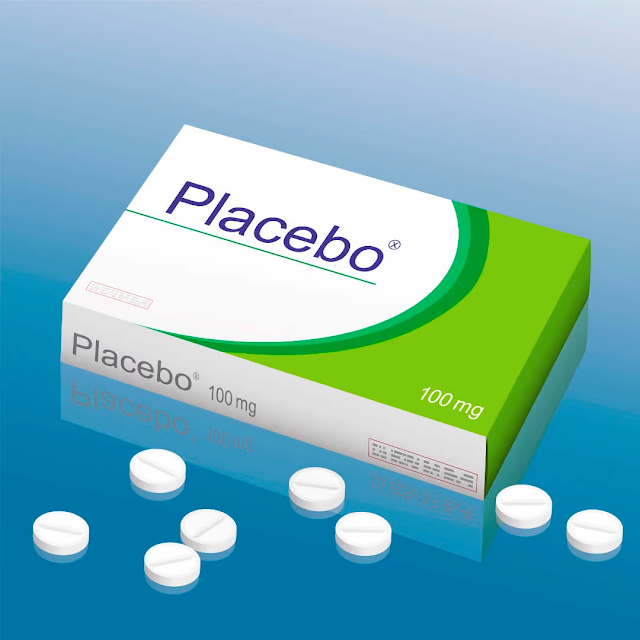Why you should choose white rice over brown rice!
This blog post is from the Nurse Kim archives of myth busting. I want to share some "alternative" or maybe just lesser known health and wellness viewpoints for you to chew on.
*These posts are not intended as official medical advice.
They ARE meant to be fun, informative, and thought provoking, hopefully sparking an interest for you to do your own research (you can start with the links I provide!) and discover the marvels of the human body, and how it can function at its optimal performance level if we understand how it works and interacts with our environment and our diet.
I have a passion for health and wellness through lifestyle and nutrition and have done thousands of hours of research in addition to being a registered nurse for 23 years. I have done A LOT of self-experimentation in and around diet, lifestyle, body care, and supplementation and have spent a lot of time looking into the science behind it all (or lack thereof!). Check back weekly for the latest post!
-----
You all probably know by now I am the contrarian of the
century so of course I am going to go against the grain (see what I did there?)
and say that white rice is better than brown rice, but let’s talk science!
So, it has been touted in recent years that you are better off eating brown rice than white rice because brown rice is a “whole grain” and therefore inherently better due to the increased fiber content, etc. Never mind that cultures around the world who tout amazing longevity have been eating white rice for a thousand years. That must just be a coincidence 🙄
I digress.
But let’s talk about what makes brown rice brown and
why that may be a detriment to general health instead of a benefit.
"Whole Grain"
First of all, I want to take an aside and let you know that
the term “whole grain” is in fact, a marketing term, not an indication of a health
food.
Scientific American lets us know that “many foods legally marketed as whole grains
could actually harm health.”
The term “whole grain” was created in 1999 by the American
Association of Cereal Chemists (AACC), i.e., not health food
gurus, and adopted by the USDA in 2006, and refers to any mixture of bran,
endosperm and germ in the proportions one would expect to see in an intact
grain.
EXCEPT!! These “whole” grains, like all other grains, are
ground down to powdery pulp in the processing negating the (supposed) nutrient
content and fiber benefits of the “whole grain.”
In addition, once a processed food is created, the nutrient
benefits are so greatly reduced (if not obliterated completely as evidenced by
it having to be “fortified”) that an individual would have to eat 10 bowls of
Multi-grain Cheerios or 16 slices of whole-wheat bread to get the fiber recommended for an adult for ONE DAY. And I promise you, if
you ate that much processed carbohydrate, you would be diabetic in about 3
weeks because grains/starches are simply long chains of glucose, i.e., sugar.
Now that we have the whole “whole grain” conversation out of
the way 😏 how does that all relate to brown rice vs.
white rice since these are indeed whole foods vs. processed foods
as described above.
So glad you asked.
Husky
What makes brown rice brown is the hull/husk on the outside
of the grain itself. It is true that this hull contains some of the
fiber, nutrient, and mineral content of the grain, and therefore if removed, excludes
some of that. But let’s be clear… no one should be eating rice to begin with
because they think it is a great source of nutrients, because it simply is not.
Rice… hull or no hull, is a negligible source of vitamins,
minerals, nutrients, and protein. What it is a great source of is glucose
fuel, easy to absorb for immediate energy in the body. This is why it is such a
great pre and post workout carbohydrate. So, the argument for “more nutrient
density” with brown rice is essentially moot. But let’s dig in deeper.
Anti-nutrients
As we said the hull indeed contains more vitamins, minerals,
and nutrients than the rest of the grain, however it also contains phytates and
lectins which bind to vitamins and minerals and prevent them from being absorbed. Well, that’s
counterproductive! Here we are touting the nutrient benefits of brown rice due
to the hull, and meanwhile the hull is preventing you from absorbing the
nutrients 🤔
Remember my post about how plants, i.e., vegetables, have defense chemicals to deter
animals and humans from eating them? Well, grains are plants as well and have the same
thing. While we don’t think of grains as “vegetables” per say, they still have the
same defense chemicals present to deter would be plant predators.
Leaky Gut
ALSO, the bran and germ that make up the hull are very hard
(more like impossible) to digest and cause little tears in the gut
lining leading to leaky gut, now thought to be responsible for everything from
allergies to mood disorders from the chronic systemic inflammation that ensues.
So moral of the story? We are eating rice for the easily
digestible and available glucose in the starch part of the grain, not for the
nutrients, and certainly not for the “fiber” in the hull full of anti-nutrients
and gut busting grain components.
So there…
You know you like yourself some sticky white rice better anyway,
and while you’re enjoying it, do yourself a favor and pair it with some delicious
fat like butter or olive oil to cut the glycemic load in half (i.e., slow the
digestion of the carbohydrate for a more gradual increase in blood sugar rather
than an abrupt spike!). YUMBO!




Comments
Post a Comment